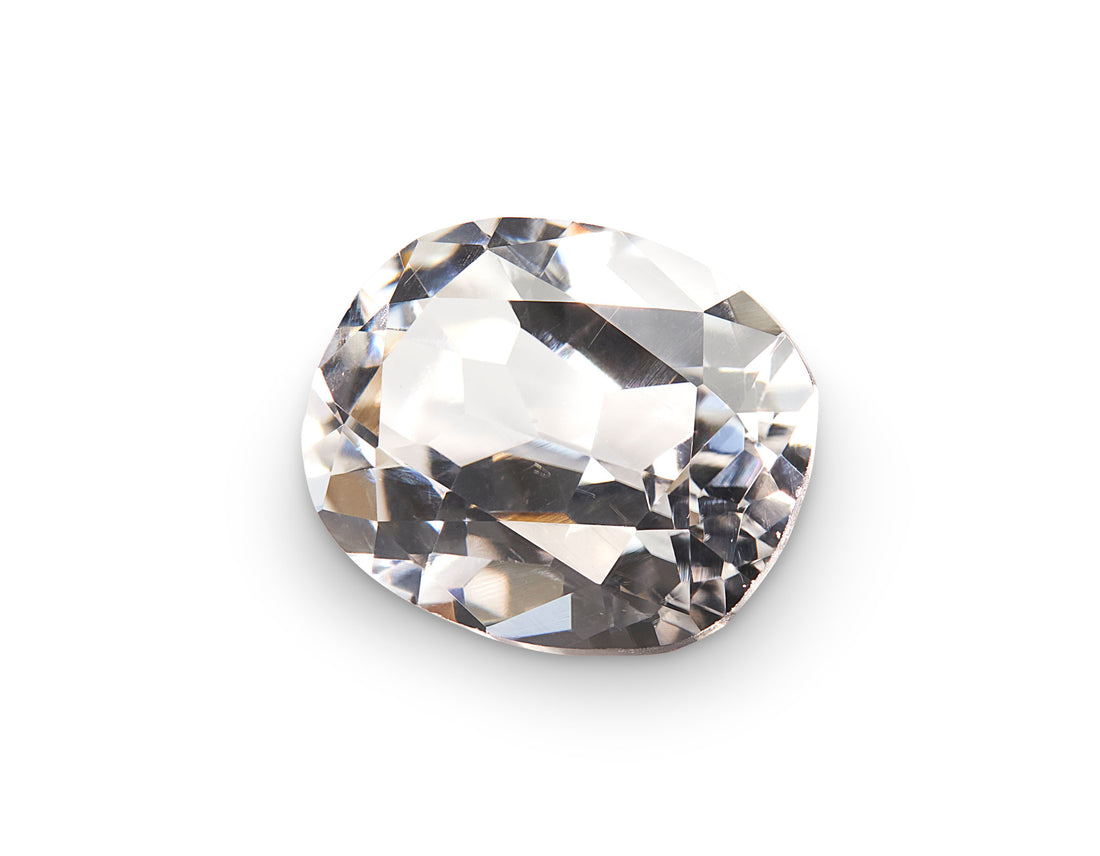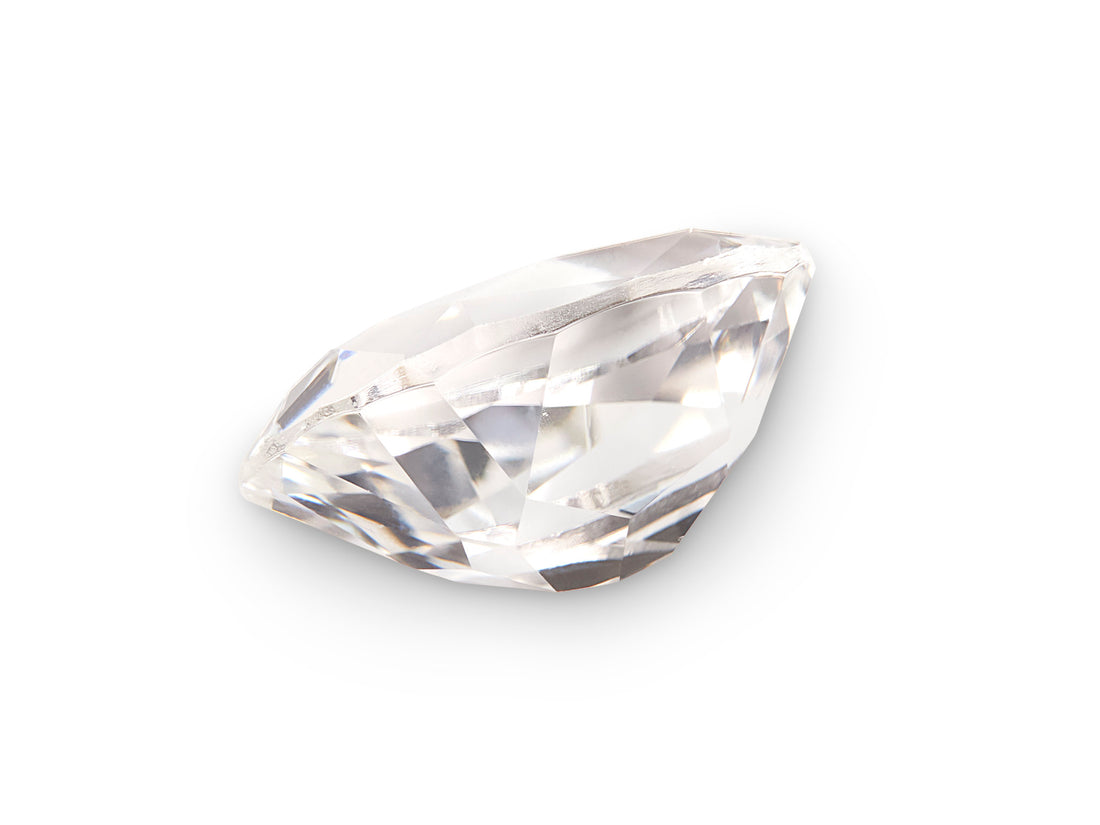Topaz
Topaz is celebrated for its remarkable range of hues, from golden yellow and fiery orange to cool sky blue and vibrant Swiss blue. Its captivating colours are the result of trace elements like chromium or iron within the gemstone’s crystal structure. The Sapphire Merchant proudly presents an extraordinary collection of natural topaz sourced from renowned origins, including Brazil and Pakistan. These exceptional gemstones are perfect for gemstone collectors or those looking to craft a bespoke jewellery design.









